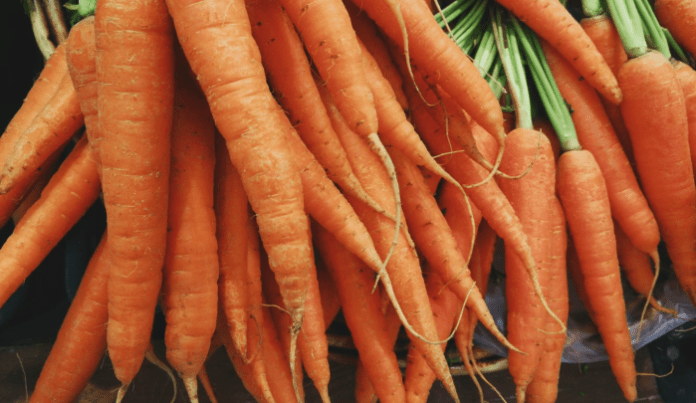Everyone is obviously concerned about the environment, and if you have a garden, you can help combat global warming. But what precisely is an eco-friendly garden, and what characteristics does it have? The first thing that comes to mind is an uncontrolled, untended garden overflowing with trees, shrubs, and insects. However, thanks to a combination of sustainably sourced materials and cutting-edge technologies, even the most fashionable and sophisticated garden designs can now be environmentally friendly. Check out these tips for making your garden more eco-friendly while saving you money.
Upcycle
Upcycling materials instead of purchasing new ones is a great way to go green. Tin bathtubs and buckets, clay tubes, and old scaffolding planks, for example, can all be upcycled for your garden and used for a variety of purposes, including:
- Making habitats for animals such as hedgehogs and birds in your garden
- Using plastic water tanks rather than a hose to water your garden
- Making your own furniture that is one-of-a-kind and reflects your personal taste
Even if you can’t use these things right away, try to save them in your shed in case you need them later!
Plant your own vegetable patch
For many people, being environmentally conscious means refusing to purchase produce that has not been sourced in a sustainable manner. While many farmers are working hard to reach this goal, you can too! Vegetables should be grown in a sunny yet sheltered place if possible.
The bulk of veggies have a short growing season and must grow quickly. As a result, they require all the help they can get, as well as enough food to fuel their developing process. That’s only possible in direct sunlight, so stay as far away as possible from protruding branches or shade-throwing sheds and structures.
When it comes to vegetable care, they normally need to be watered once a day. Use the idea of installing water tanks in your garden to collect rainwater to save money and help the environment. You’ll also save money by not using your hose!
If you live in a cold climate, you may want to consider investing in a greenhouse to grow your own vegetables. A well-maintained greenhouse may grow anything from potatoes to tomatoes. You will still need to water your plants every day, but the heat will help them grow faster and larger. Why not make your own greenhouse if you have the supplies lying around?
Create your own compost heap
Starting your own compost heap is another great approach to avoid relying on potentially damaging services. It also provides healthy soil in which to grow your food, so you are not only being environmentally friendly, but also saving money and cultivating delicious produce. Here are some of the best items to compost:
- Grass clippings
- Ash from wood (in moderation)
- Vegetable peelings
- Hedge trimmings
- Tea bags
- Egg cartons
- Shredded newspaper
- Cardboard
- Vacuum cleaner contents
Cooked food, poultry, pet excrement, and glossy magazines are all things to avoid.
As you can see, having a more environmentally friendly garden is simple, and it saves you money!


